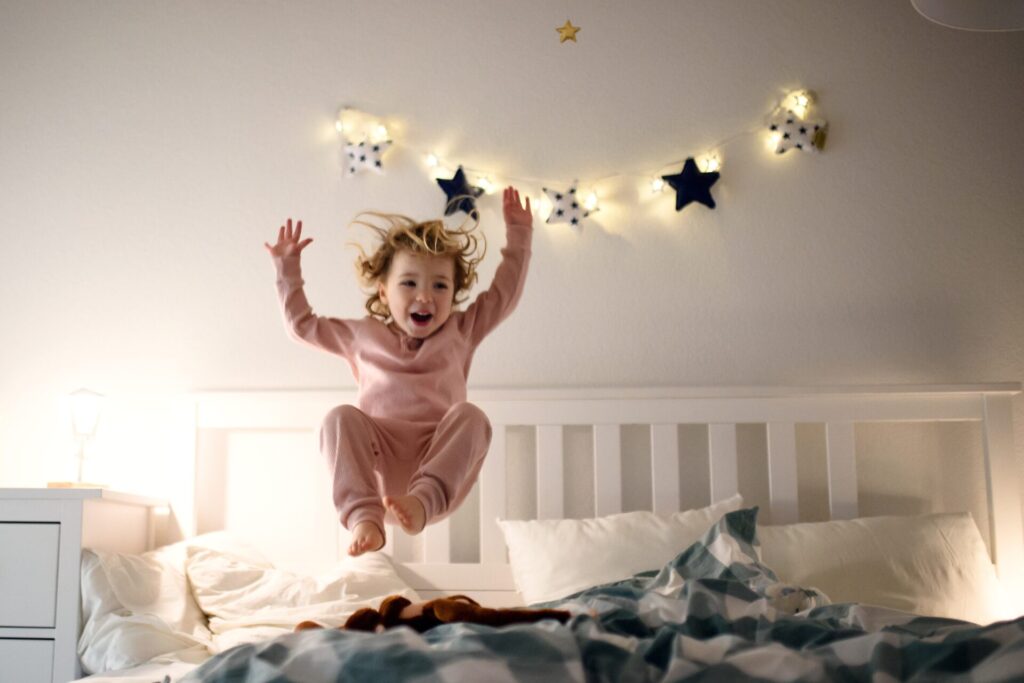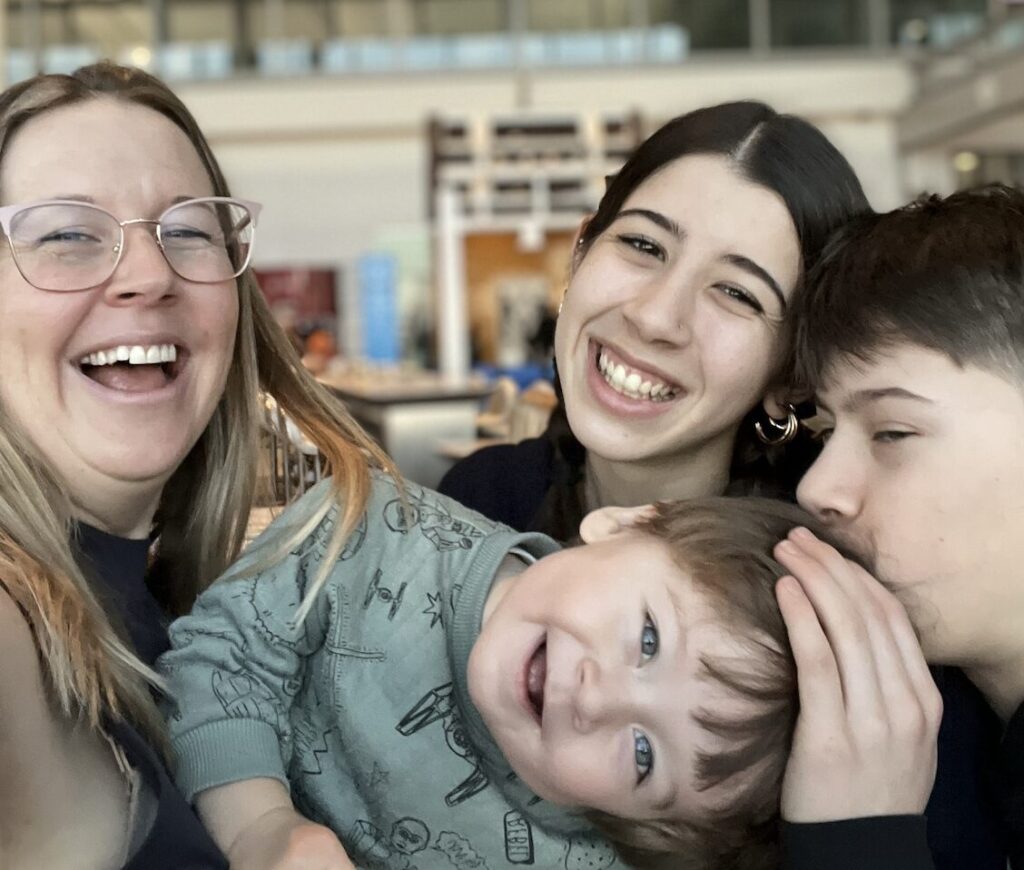The world is a wondrous place of colours and shapes, with new faces and places at every turn. Most of us assume our kids are seeing the world perfectly. But can they? If the question “When should I take my child to the eye doctor?” is on your mind, keep reading.
The Canadian Association of Optometrists recommends that babies have their first eye exam at six to nine months. “The thing we’re really checking for at that age is whether the eyes are developing equally,” says Dr. Erin Sheppard, an optometrist in Halifax, N.S. Babies that age are very interested in patterns—the optometrist holds up a paddle with a pattern of lines in one hand, and a plain grey paddle in the other. “A baby should always prefer to look at the patterned one.” If not, further follow-up care will be provided.
Your child should see the optometrist again by the age of three. “By then they know how to match things, and point to an apple or a certain shape,” says Dr. Sheppard. “With a toddler, we’re again looking for the eyes to be continuing to develop equally. All children have some farsightedness, but if the farsightedness is reasonable and the child has good depth perception, things are considered routine.”
If everything appears normal, the child should continue to see the optometrist every one to two years. But if either parent has eye problems—ranging from thick glasses to a lazy eye—the child should be seen more often.
“We have a window when we can affect the child’s vision outcome, and that’s from birth to age eight or 10. After that point, there’s not much we can do, ” says Dr. Sheppard.
Eye exams your child may receive in school are not enough. These ‘screenings’ are not a substitute for a real eye exam. “They are looking for a lazy eye or a turned eye. They don’t check for nearsightedness or farsightedness, or birthmarks in the eye, or any other health aspect related to vision. That can only be done through a proper eye exam,” says Dr. Sheppard.
Signs of eye trouble in kids
It’s difficult for parents to recognize vision problems in their children because often kids can’t find the words to explain how they’re feeling. “How they see the world is normal to them,” says Dr. Sheppard. “The best thing parents can do is stay on top of it early on.” And take note of these behaviours:
- Constantly tilting the head (especially when watching TV).
- Frequently rubbing eyes.
- Not wanting to look at anything up close.
- Having an eye that wanders in and out.
- Often walking into walls.
Do kids need sunglasses?
When the sun is beaming, most adults don’t hesitate to reach for a pair of shades. Should we be doing the same for our children? “Kids should start to wear sunglasses as early as they will tolerate them,” says Dr. Sheppard. “With sun exposure, what we’re most concerned about is the lens of the eye, where cataracts form. Lenses that have been exposed to more UV rays are more prone to cataracts later in life.” In addition, with a lot of sun exposure, small bumps can form on the whites of the eyes, like little calluses, which can lead to dry eyes – not a serious condition, but an irritating one. “The earlier you start your kids wearing sunglasses the better. Make it a habit in the summertime, like putting on sunscreen or wearing a hat.”
Originally published in ParentsCanada magazine, June 2011. Updated in May 2025.











